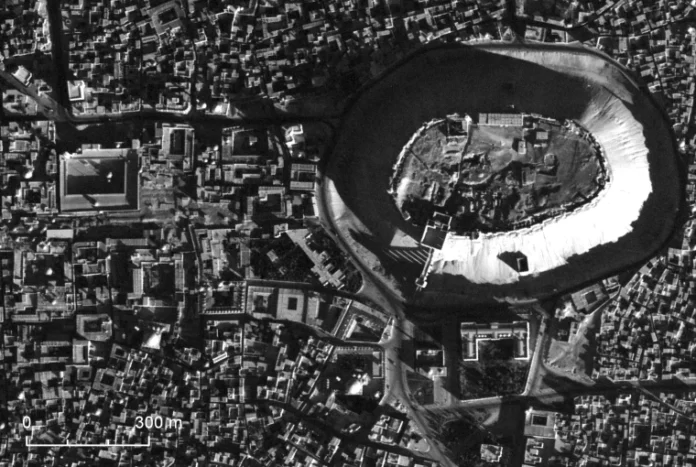After photography was created our ability to record history was enhanced unlike what we used in any other era. The U.S. government exploited this potential, keeping a close record of history and unique events generating a grand collection of cool photos including ones that were meant to never see the light of day.
Many of the best images were only recently marked as declassified thanks to the Freedom of Information act. Read along as we take you backstage at some of the most infamous times in American history in images!
Atomic Bomb Test Dummies Dating Back to 1953
Move along, this is just a regular dinner among friends. Fine! It IS creepy. Back in 1953, the government created a whole fake town populated completely by mannequins.
The town was assembled in the Nevada desert within a few miles of where they intended to test the atomic bomb. This was an experiement to record the effects the bomb would have on citizens within the blast range.
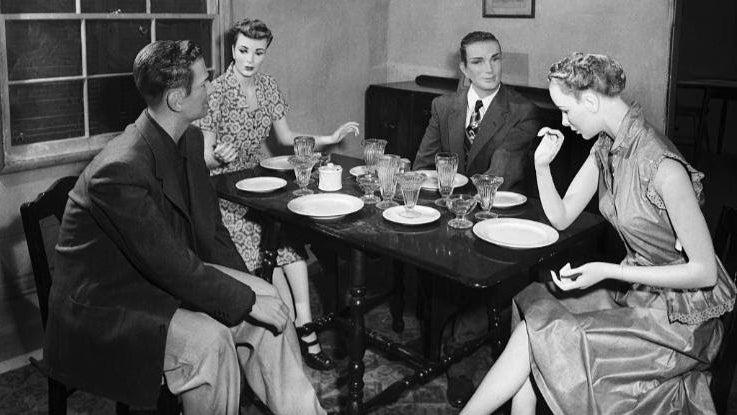
Saddam Hussein After Being Caught
December 13th, 2003, marks a historical moment for the American military forces. That day the Iraqi dictator Saddam Hussein was captured during Operation Red Dawn.
Though as rumors would have it, he was known to be obsessed with hygiene, the dictator was discovered hiding in a 6-foot-by-8-foot hole and wasn’t looking the greatest. After standing trial for a handful of crimes, he was executed three years following December 30th, 2006.

Project 1794: Declassified Flying Saucer Plans
In 2012, a 1956 report titled “Project 1794, Final Development Summary Report” was declassified. It described the U.S. government’s attempts to engineer flying saucers in the 1950s. Their goal? Intercept Soviet missiles during the Cold War.
While the report claims they were made in the 1950s, it’s worth noting that by rearranging the numbers in Project 1794, you get 1947, the year of the mysterious Roswell crash incident. Coincidence? We think not!

Family Photograph on the Moon
In 1972, Charles Duke became the youngest man to ever land on the moon. A 36-year-old Charles had been separated from his family for several months while training for the Apollo 16 mission. So he promised his sons that he would bring them with him to the mission in a family portrait.
Duke kept his word and left the image on the moon’s surface, where it stays to this very day. The back of it says, “This is the family of astronaut Charlie Duke from planet Earth, who landed on the moon on April 20th, 1972.”
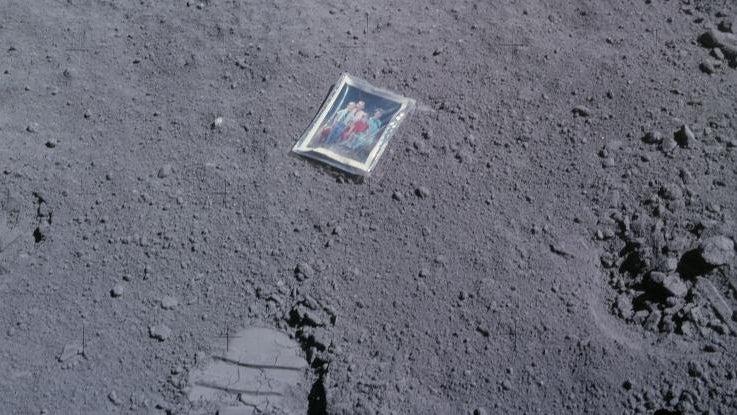
Aircraft Listening Devices
Nowadays we have radars to help us look for aircrafts, but back in the day things weren’t that simple. The following is a Pre-WW2 photo displaying Japanese Emperor Hirohito looking at a selection of acoustic listening tools that were utilized to locate enemy planes.
Each was composed of a horizontal and a vertical horn, which led back to a headphone set. A technician would tune in using the headphones to find out if he could hear the sound of enemy plane engines. He could then rotate the horns until the sound was centered, which helped identify the sound’s direction.
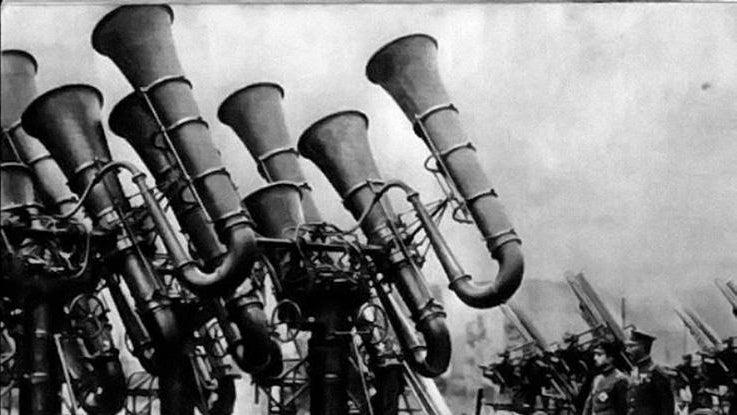
The Aftermath of the Hiroshima Bombing
The bombing of Hiroshima in 1945 is remembered as one of the most historic and tragic moments in history. Its impact was devastating, practically erasing the Japanese city from the map, with 90% of the metropolis totally leveled.
About 80,000 people were killed on impact, followed a other tens of thousands of survivors who later passed away from injuries or radiation poisoning. After a second bomb was dropped three days later, Japan’s Emperor Hirohito declared Japan’s unconditional surrender because of “a new, most brutal bomb.”
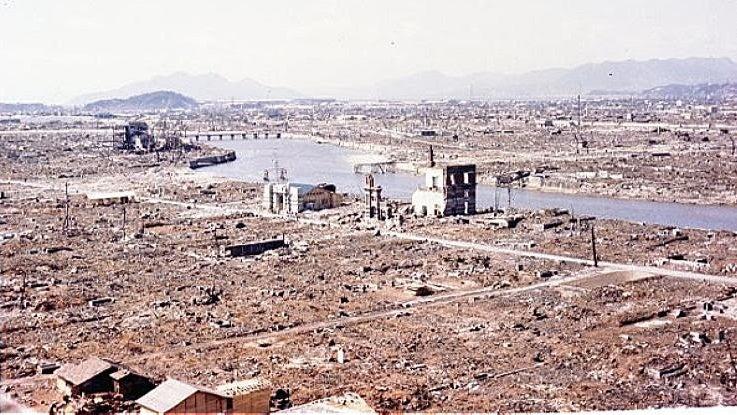
Sam the Monkey After His Ride in Space
Meet Sam, the tiny rhesus monkey that appears in the picture. This photo was taken immediately after his brave return from exploring space on the rocket ship Little Joe-2 (LJ-2). The Little Joe-2 was a mini version of the real, human-sized, rocket and was created to help test the effects of weightlessness on human astronauts.
Sam experienced what many of us might never do: a total of three minutes of weightlessness during his flight. He was safely retrieved by the Navy upon landing back on Earth. Sam’s success in his mission, along with numerous additional flights, led to the creation of NASA’s Project Mercury program.
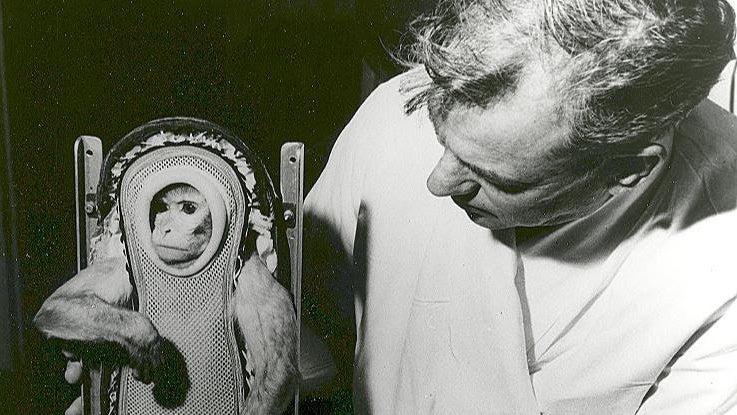
We hope after witnessing these declassified photos, you can appreciate how cool the history and mystery behind each one is uncovered.

